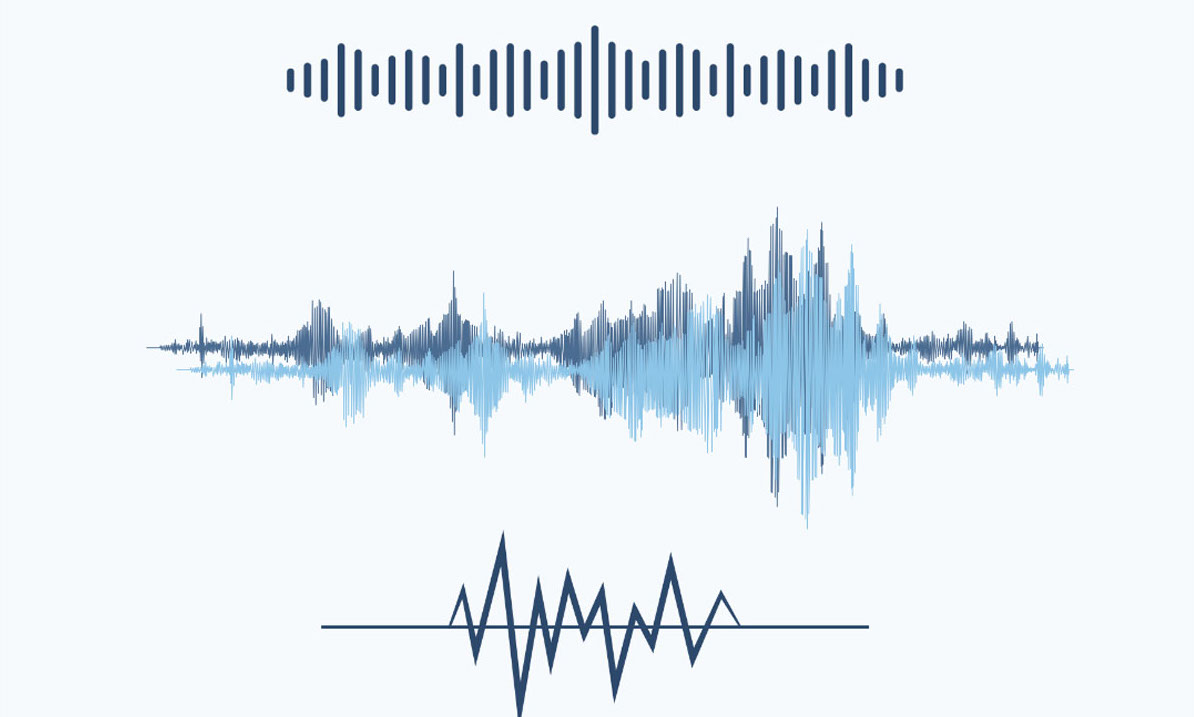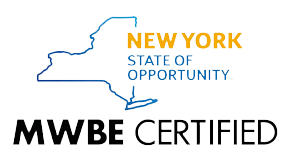The roar of the MGM lion, the iconic "dun-dun" of Law and Order's television series, and the melody behind McDonald's "I'm Lovin' It!" all have something unique in common: sonic branding.
Or, more specifically, they’re all examples of sonic logos.
What’s Sonic Branding?
Sonic branding is the audio element of a brand’s trademark. Simply put, it's the essence of your brand translated into sound (i.e., vocals, music, a combination of the two, or single notes). Therefore, you don’t need to see a logo design to know who a company is; you only have to hear it.
Sonic branding also conveys a brand’s personality, tone, and image, but most importantly, it triggers brand recall.
Think of it this way: the moment an audience hears your familiar soundbite, they instantly recognize it's you. Then, as they would after seeing one of your digital ads, they associate your brand with a personal experience.
Benefits of Audio in Brand Marketing
As mentioned, sonic branding can be a catchy jingle, a string of notes, or a single cord.
It can even be the sound you hear when you turn on your iMac or the audible tone Alexa makes when she has a notification. In fact, these are two examples of sonic signatures, meaning you don't necessarily associate the audio with a brand's logo or trademark but instead recognize it as belonging to the brand (in this case, a company's product or service).
Again, as with a brand logo, audio branding aims to create a positive connection with customers. Not only can they recognize your advertisement through traditional methods but also through tuning into a podcast or streaming from their music platform to hear your branded jingle or sound.
Why Is This So Effective?
Think about it. From the moment people hear your branded sound, you’re in their heads, meaning you now have their attention and a unique opportunity for engagement.
Remember when we said sonic branding helps convey a company’s personality? Through sound, sonic branding can trigger an emotional response (e.g., happiness, warmth, confidence, comfort.) that ultimately humanizes your brand, making it relatable to your target audience. Sometimes the sound can be a short combination of a few notes to aid brand recall (e.g., the two notes you hear every time you log into Netflix).
In this way, you stand out from the competition and connect with customers on a personal level.
DID YOU KNOW that 74% of young adults admit to feeling more emotionally connected to a brand through its music? In addition, 41% of consumers believe sound is critical to a brand's communication efforts.
Using Audio in Your Brand Marketing
So, now that you know what sonic branding is, the next question is: should you invest in this brand marketing strategy?
Good question. Sonic branding has indeed been around for a while. But with the vast popularity of smart speakers and the demand for more audio streaming and audible services, sonic branding has more opportunities to evolve and allow brands (no matter the size) to connect with more customers.
So before you can decide if a move toward sonic branding is right for you, here are a few noteworthy questions to consider:
Is audio already part of your marketing strategy?
If you're already utilizing audio, whether it's for TV or radio ads, podcast ads, or video streaming on social, it makes sense to start incorporating sounds into your brand.
In fact, if you already have recorded audio or videos that advertise your products or services, start from here and decide on a sonic branding strategy you can build upon to begin featuring in audio soundbites across multiple touch points.
If you're already using sounds associated with your brand, ask yourself the following question:
Are you using sounds that already exist?
Remember, the power behind sonic branding is that it creates an emotional connection with your audience. Therefore, it should fit your brand's personality and be an extension of its image.
Using sounds people hear daily (e.g., a doorbell, a phone ringing, a dog barking, etc.) or royalty-free audio isn't authentic. It also leaves you vulnerable to others using the same sounds, creating a completely different experience for your audience. Remember, you want them to associate these sounds with your brand, not someone else's.
Finding, ask yourself this:
Do you have enough time to dedicate to a sonic strategy?
As with all marketing touch points, sonic branding takes careful planning, strategy, and execution. After all, you want to get it right the first time and create an experience with your audience vs. having to go back to rebrand your sound, which can result in consumer confusion.
Tips on Getting Started with Audio Advertising
You may already have a jingle you use in ads or are curious about incorporating more sound and audio elements into your branding and advertising strategies.
If so, the first step would be to perform an audio audit. Similar to a website or social media audit, an audio audit helps you identify what's working, what needs improvement, and where there are areas of opportunity.
During an audit, you'll be able to:
- Review your existing audio channels
- Identify which sounds depict your brand's niche and personality (i.e., friendly, energetic, cutting edge, etc.)
- Discover which sounds help tell your brand story
- Understand which sounds best resonate with your target audience (i.e., memorable, appealing, positive)
Though audio advertising isn't for everyone, it's worth the investment if you want to improve your marketing efforts to reach a larger demographic. Podcasts, for example, can generate up to 4.4x more brand recall than display ads. The reason? Audiences are tuned in. So the question is, will you be the next audio ad they hear?
Let’s Connect
At East Shore Marketing, we specialize in digital audio advertising, including smart speaker advertising. Our team of experts knows which audio ad campaigns perform best and resonate with audiences. We can help you develop an effective strategy that reaches more customers and creates an emotional connection with new and returning users.
Contact us for a consultation today to learn more about how we can help!

